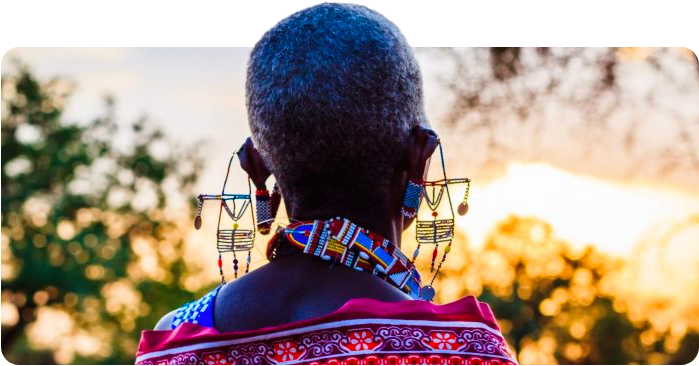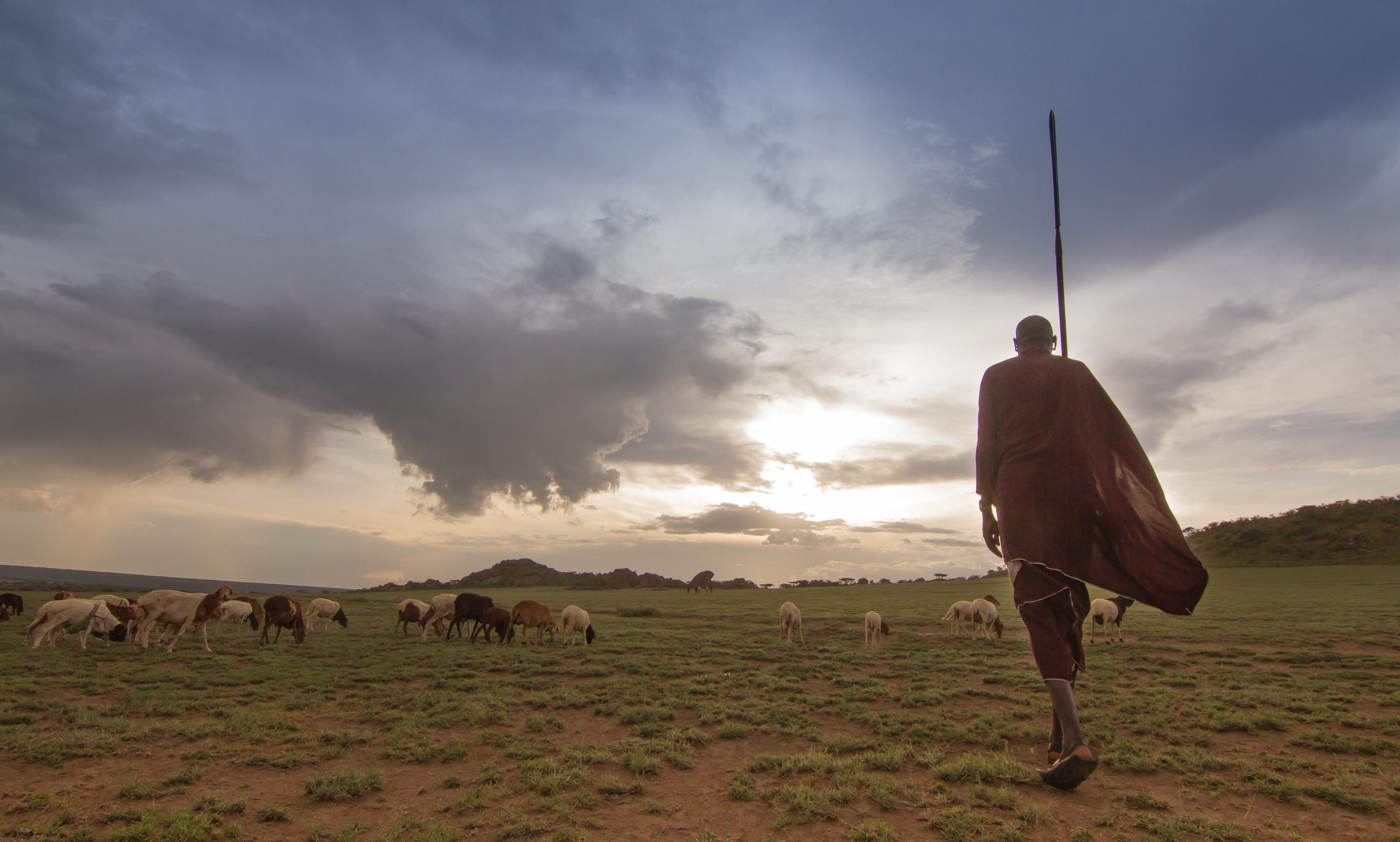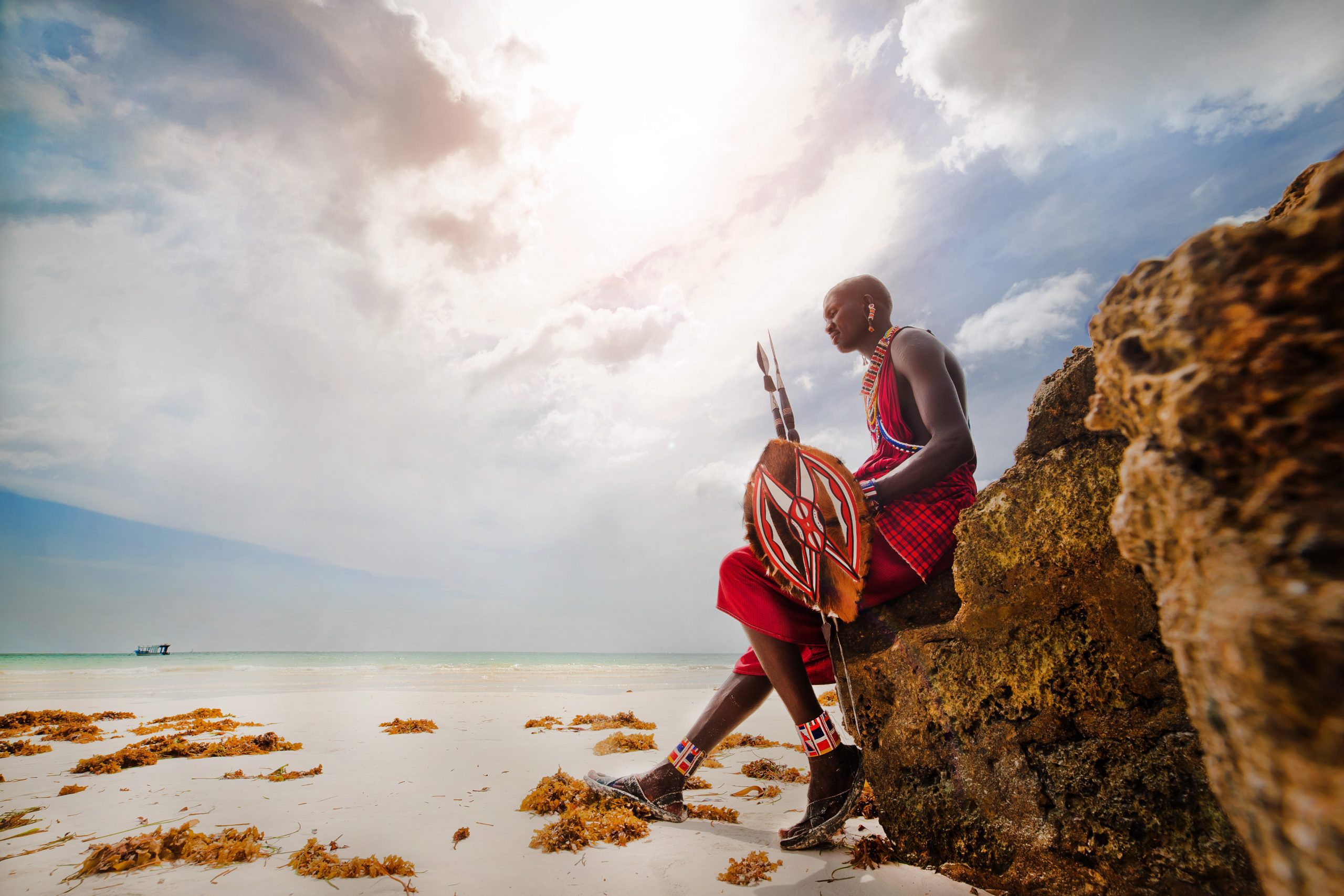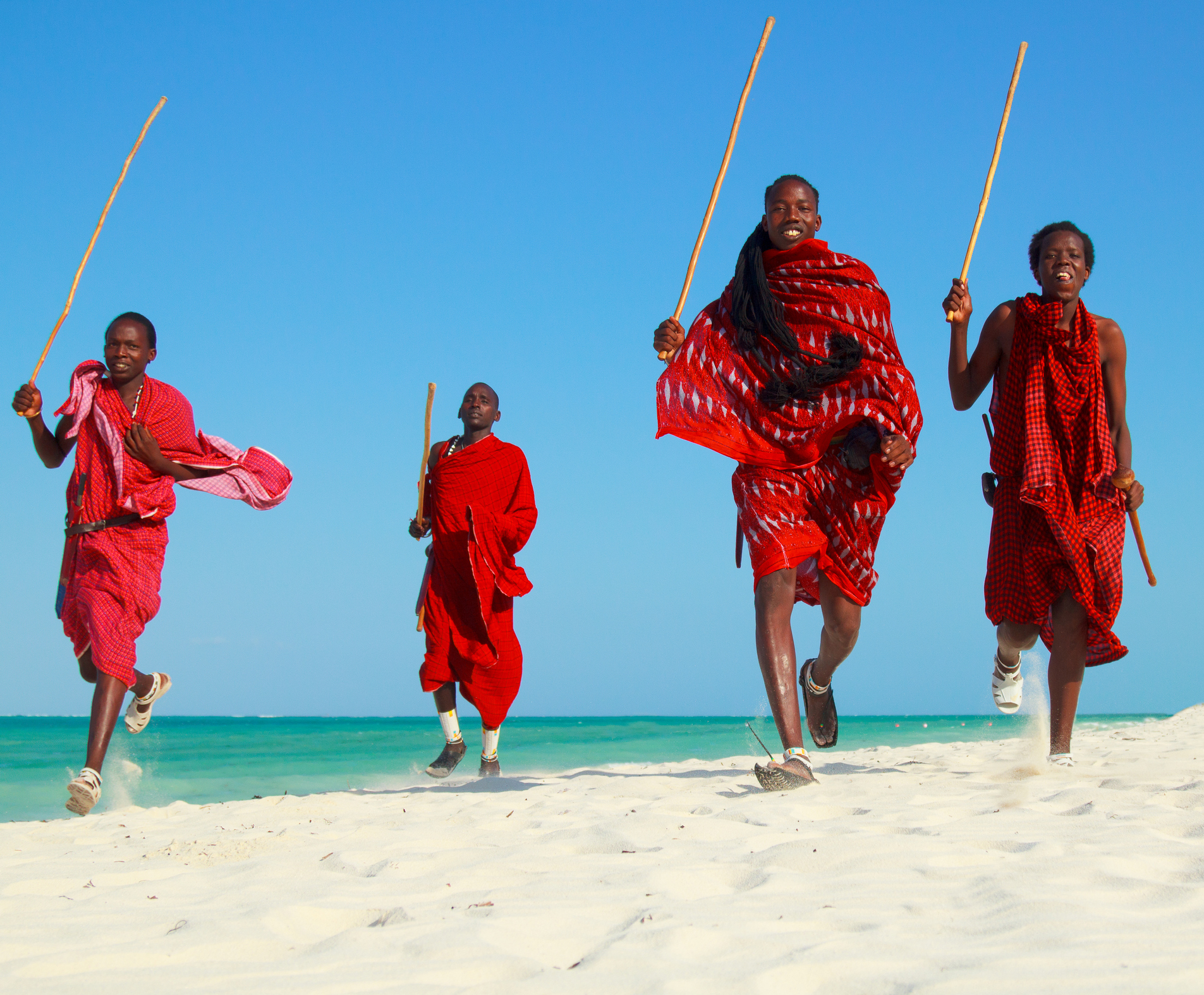×
Menu
The tribe of Masai, originally the nomadic and pastoralists, is one of the most famous tribes of Africa. This Nilotic ethnic group inhabits the large parts of northern, central & southern Kenya and also spreads across the border towards northern Tanzania. The language spoken by the Masai tribe is Maa; however, the younger generations also speak the national language of Kenya & Tanzania – Swahili & English.
The ancestors of Masai migrated from Rift Valley, which is now called Southern Sudan, to central Kenya around the 15th century. The Masai tribe, belonging to Nilotic ethnic group, are people indigenous to the Nile Valley. They followed the Nile river down through Kenya before reaching Tanzania hundreds of years ago. As per the oral history of Masai origins, the tribe land stretches from Lake Turkana in the north to central Tanzania in the south. Over the period, the Masai land has shrunk with the decline in the population by two-thirds in the late 1800s due to disease epidemics like rinderpest & smallpox. Also, around the 1900s, the government took some land to create ranches for settlers & large national parks, which are now the Masai Mara National Park & the Serengeti National park.

The mythology of Masai goes by, The God – Ngai or Engai (also called Enkai, in Maa language); The Knight – Knight Huroo (originator of Maasai); and the Masai (themselves).
As the story goes by, the supreme god ‘Engai’ created Knight Huroo & his wife. They were sent with few cattle to the Earth’s bounty to protect the whole Earth & nature for the future generation. This couple had three sons & three daughters. The eldest of all was given a bow & arrow to earn a living. He became a hunter & is believed to be the direct ancestor of the Kamba people. The second son was given a hole, and he became the farmer. He is the direct ancestor of the Kikuyu people. The youngest one was given a rod to earn a living. He became a herdsman and was said to be the direct ancestor for the Masai people.
Basis the story laid out, Engai or supreme god, was androgynous, possessing both male & female principles. There are two manifestations of the Engai: Engai Narok, the God of goodness & benevolence represented by black and also associated with rain, fertility, sun, and then there is another god, Engai Nanyokie, the vengeful God represented by red and associated with anger and punishment.

The greatest gift of God to the Masai tribe is cattle. It is not just a source of food for them, but there is a great emphasis placed on the symbolism of cattle. It is to be believed that at one point in time, all cattle on the Earth belonged to Engai.
Meat-eating & milk consumption are the experiences of the highest order. It is consumed at the most important life events such as birth, marriage, circumcision, and death. Drinking the blood of cattle is a delicacy amongst the Masai. A vertical slit is made with an arrow on the animal’s jugular vein in such a way that the same can be sutured.
Being nomadic in nature, group of 100-150 people stays in camp-like settlement called Enkang. The central part is empty to keep the livestock & prevent them from getting attacked by wild animals. The house, Inkajijik, is constructed by women of the household. It is a structure made of wood for the frame and coated with mud, cow-dung. There is hardly any light in the houses as making a window can be a gateway for the lion or other cats. Therefore, life is preferred over light. They stay in such settlements for 3-5 months & then move on to another piece of land for better food for the livestock.
The Masai tribe is polygamous. The man’s worthiness of marriage is determined by the number of cattle he owns. It is the way of life for them, and the whole household is aligned on the same. Also, women are comfortable with this fact as they have more hands to do the household chores. The women are the ones who do 70% of the work for a living, starting from making the house to running the household in terms of chores & getting the money.


The Masai men undertake different responsibilities at different times of life. The young male, or a junior warrior, spans from 15-25 years, and is responsible for protecting the herd. The mid-aged male or a senior warrior is responsible for protecting the home & the lineage. The elders are responsible for the decision-making of the community.
Another interesting ritual that Masai warriors have is called Adumu, also known as the Masai Jumping dance. The men get into a circle, and each takes a turn to come to the center of the circle & jump. As they say, the higher you jump, the more attractive you are to the opposite sex. It is also one of the activities travelers can do with the Masai warriors when they visit their village. The feeling is definitely euphoric with all the singing and jumping. Remember, you can never out-jump these men as they are so tall & years of practice have given them so-called natural spring in the feet.
We offer the best offers with specially curated tours. Come and experience the wild and the beauty of Africa.
Book Now